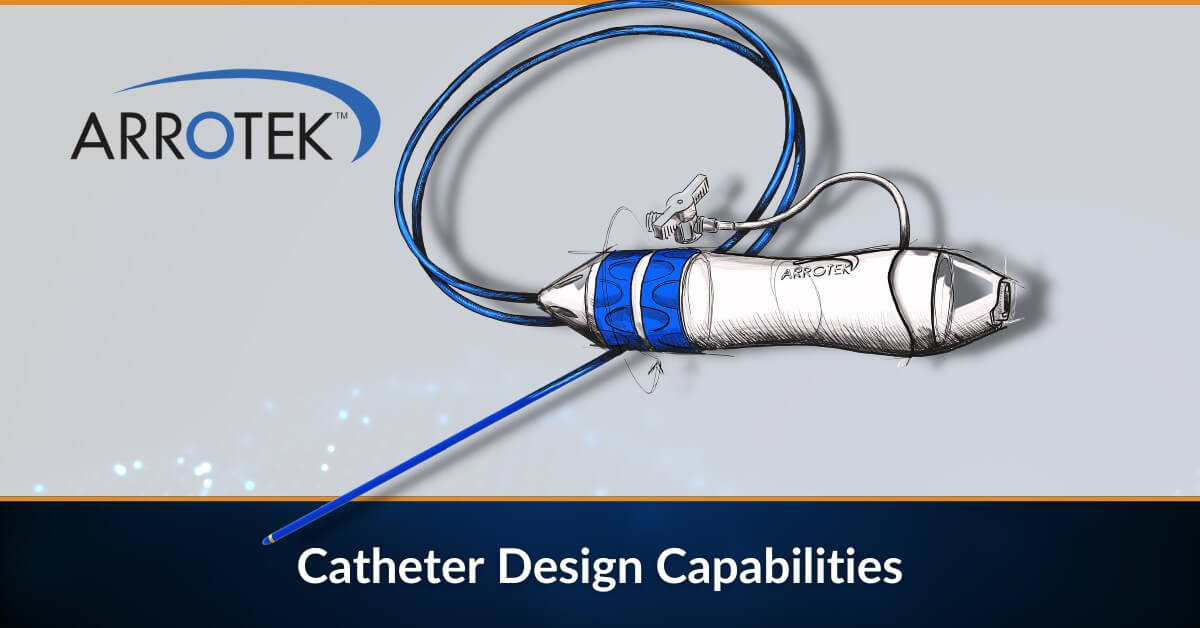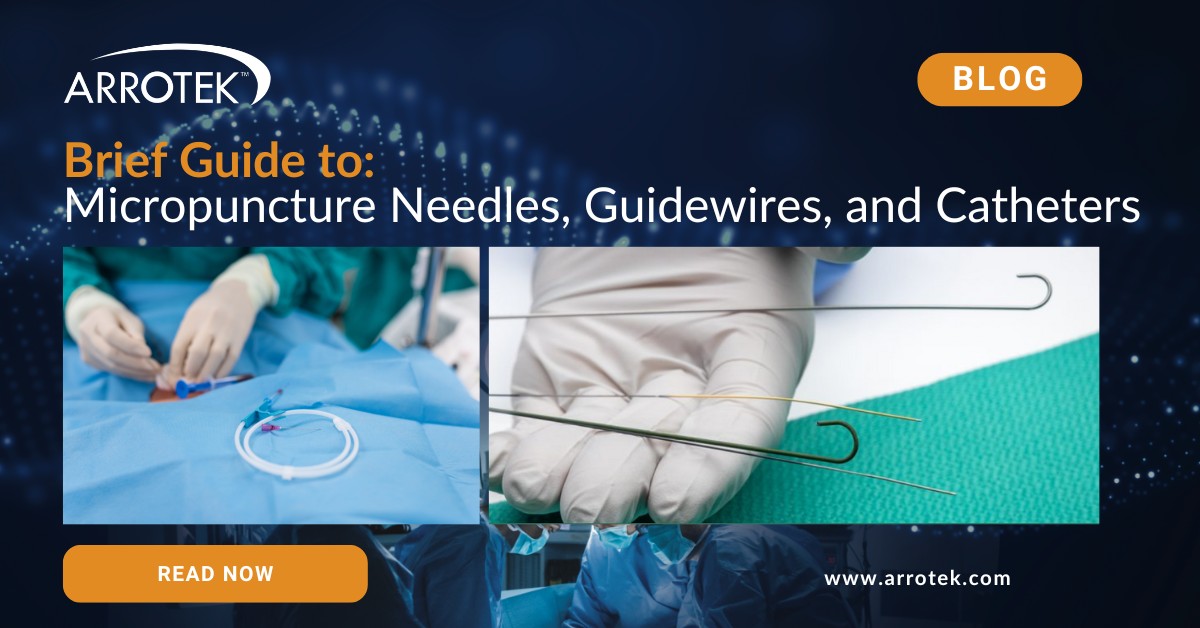Interventional and diagnostic catheters have transformed healthcare. They enable increasingly advanced minimally invasive medical procedures that are precise, targeted, and effective while minimizing patient trauma and recovery times. While the benefits of advanced catheter technologies are substantial, integrating sensors into these devices is taking their capabilities to another level.
Sensors integrated into interventional and diagnostic catheters provide medical professionals with real-time procedural and patient data. This enables more precise and customized treatments and diagnoses.
Medical professionals use the information from sensors for a range of purposes, including:
- Making decisions and guiding medical procedures based on the response of the patient.
- Monitor treatment progress.
- Detect complications and mitigate risks.
There are a growing number of sensors that can be integrated into catheters, including temperature sensors and pressure sensors.
Integrating Temperature Sensors into Catheters
Temperature sensors measure and monitor the temperature of fluids or tissue during medical procedures. This provides clinicians with data that can enhance patient safety and improve the effectiveness of procedures.
Catheter ablation procedures are a common example of the use of temperature sensors in minimally invasive medical procedures. Catheter ablation (also known as cardiac ablation or radiofrequency ablation) treats cardiac arrhythmias by destroying problem areas in the heart using heat energy. Temperature sensors integrated into catheter ablation devices can monitor temperatures to prevent overheating and unnecessary damage to the surrounding tissue.
In other procedures where radiofrequency ablation techniques are used, such as in the esophagus, monitoring temperature can prevent tissue damage caused by overheating that can be life-threatening.
Temperature sensors can also have other functions in catheters. Examples include:
- Measuring cardiac output, often to identify obstructions.
- Monitoring temperature gives medical professionals real-time information that can indicate inflammation, infection, or bleeding in patients with traumatic brain injuries or during neurology procedures.
Integrating Pressure Sensors into Catheters
Pressure sensors are used in a variety of ways in catheter devices. Examples include:
- Measuring pressure in the heart as well as in blood vessels and other areas and organs in the body. Measuring blood pressure during the administration of drugs or in angioplasty procedures are common applications of pressure sensors.
- Sensors in devices used for cardiac catheterization with fractional flow reserve procedures are used to measure pressure differences in a specific section of a narrowed coronary artery.
- Pressure sensors are used in intracranial catheters to measure intracranial pressure. This data helps medical professionals identify bleeding on the brain, swelling, abnormal levels of cerebrospinal fluid, or an elevated risk of stroke.
Ongoing Innovation in Sensor Technologies
Research and development work into sensor technologies continues across the medical device industry, with the potential for new and innovative catheter devices in the coming years and decades. Exciting areas of sensor development include:
- Fibre optic sensors – fiber optic sensors can be used for a range of purposes, including measuring temperature and pressure, as well as airflow, venous oxygen saturation, and the state of tissue.
- Flow sensors – flow sensors are typically integrated into catheters to monitor fluid flow rates, including the flow rate of blood.
- Optical sensors – optical sensors can be used to identify changes in the environment where the catheter is located. Examples include detecting blood or other fluids.
- Imaging sensors – imaging sensors can capture images inside the body.
Integrating Sensors into Your Catheter Device Product
At Arrotek, we have extensive experience designing and developing advanced catheter technologies, including catheters with integrated sensors. To find out more about what is possible in this exciting area of medical device design, and to discuss your product idea in the strictest confidence, please get in touch with us today.





